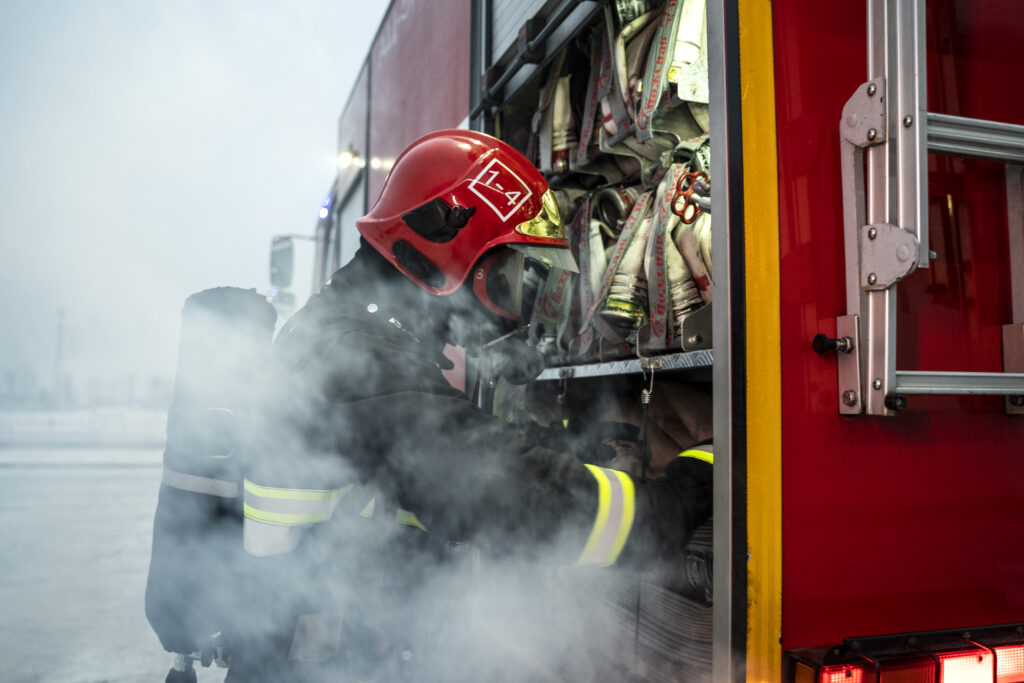Fire Fighting Gap Analysis
A Fire Fighting Gap Analysis involves a systematic assessment of an organization’s fire safety measures and procedures to identify any gaps or shortcomings in its current practices. This analysis aims to evaluate the organization’s compliance with relevant regulations, standards, and best practices in fire safety. By identifying areas where improvements are needed, the gap analysis helps organizations enhance their fire prevention and emergency response capabilities. It serves as a valuable tool for strengthening overall fire safety programs.

Benefits
Firefighting gap analysis ensures that an organization's fire safety measures align with applicable regulations and standards. It verifies compliance with local, national, and industry-specific requirements, helping organizations avoid legal issues and regulatory penalties.
The analysis identifies weaknesses and shortcomings in existing fire safety measures. This includes gaps in procedures, equipment, training, or documentation, allowing organizations to address these vulnerabilities proactively.
By identifying gaps in emergency response plans and procedures, the gap analysis contributes to enhancing overall emergency preparedness. This is critical for minimizing the impact of a fire incident and ensuring a swift and coordinated response.
Gaps in fire safety measures often represent potential risks. The analysis helps organizations identify and prioritize these risks, allowing for targeted mitigation strategies to reduce the likelihood of fire incidents and their consequences.
The analysis allows organizations to allocate resources more efficiently by focusing on areas with identified gaps. This optimization ensures that investments in fire safety, whether related to training, equipment, or infrastructure, are directed where they are most needed.
Firefighting gap analysis is a tool for fostering a culture of continuous improvement in fire safety practices. Organizations can use the findings to implement corrective actions and regularly reassess their fire safety programs, adapting to changes in regulations or organizational structures.
Gaps in employee training and awareness are often identified through the analysis. This insight allows organizations to develop targeted training programs to ensure that employees are well-informed and capable of responding effectively in case of a fire.
The analysis highlights gaps in documentation, such as incomplete or outdated fire safety manuals and records. Improving documentation ensures that essential information is readily available and up-to-date for both training and emergency response purposes.
Identifying gaps in communication and coordination mechanisms is crucial for an effective response to a fire incident. The analysis helps organizations refine communication protocols, ensuring that information is disseminated quickly and accurately during emergencies.
Many insurance providers require organizations to maintain specific fire safety standards to qualify for coverage. Conducting a gap analysis helps ensure compliance with these standards, reducing the risk of insurance-related complications in case of a fire incident.
Demonstrating a commitment to regular fire fighting gap analysis and continuous improvement can enhance an organization's reputation. Stakeholders, including employees, customers, and regulatory authorities, appreciate proactive efforts to ensure a safe and secure environment.
